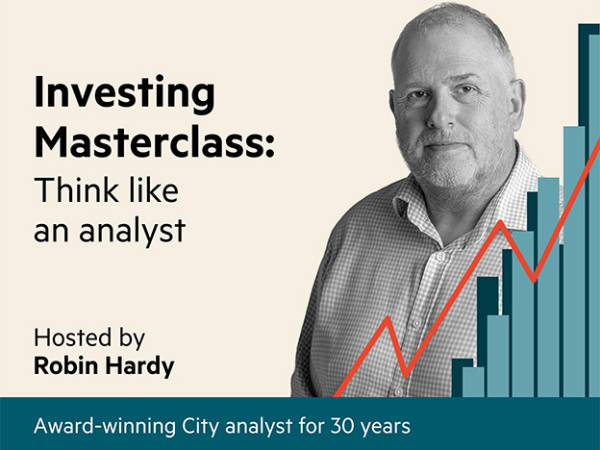In 1965, Fortune magazine reported on a little-known Wall Street phenomenon: an investment fund run by one Alfred W Jones, then aged 65. While George Soros was still labouring away as an analyst at Arnhold and S Bleichroeder, and Julian Robertson wouldn't be setting up Tiger Management for another 15 years, Mr Jones' $70m fund had run up a gain of 670 per cent over the previous 10 years, or 312 per cent more than the best-performing mutual fund. This staggering performance was due, in no small measure, to "the fact that the fund margins itself to the hilt", reported Fortune, and by selling shares short as well as buying them, used "not just a portion of its capital, but 150 per cent of it".
Alfred W Jones, sociologist, journalist and investor extraordinaire, was also the founder of hedge funds, an idea he knocked up while writing an article for Fortune in 1948. Jones is an extraordinarily undocumented figure - you will rarely find an account of his career more than five paragraphs long and there is certainly no book about him.
(If you know different, let me know. I searched Amazon and came up with nothing better than Bridget Jones – a great film, by the way).
Sadly, it's going to stay that way, at least for the present, because in Wall Street People by Charles Ellis and James Vertin, Jones gets only three times the usual coverage. But it's quality stuff, revealing Jones to be no shirkat getting good stories from brokers before they reached the hoi polloi.
One of my favourite investment books is 100 Minds That Made the Market, by Kenneth L Fisher, which gives three to four-page portraits of great investors and other financial types. It entertains you greatly while teaching you painlessly and never calls for an attention span of more than five minutes. But 100 Minds is a history book. Don't look in there for Soros, Mitchell or even Buffett. In fact Fisher excluded anyone still alive, partly on the grounds that the dead don't sue - the book is an encyclopedia of past rascals and crooks.
Wall Street People is a worthy companion to 100 Minds. Unlike Fisher, Messrs Ellis and Vertin have not written the portraits themselves, but have collected them from newspapers, magazines and books. Here's half of a spellbinding chapter from Ken Auletta's The Fall of the House of Lehman, a Fortune profile of Larry Tisch as he voted himself into the Loew's boardroom back in 1960, and Mike Milken, in Den of Thieves, dealing with a subordinate who wants a higher bonus than the $10m offered: "Jim, I really can't pay you any more or you'd be making more than me. Now that wouldn't be fair, would it?" According to this account, which I find hard to believe, the subordinate surmised that Milken must have been investing, "a larger share of the department's profits back into Drexel than he'd suspected." In fact, Milken's bonus that year was $550m.
The book is occasionally sugary - the portraits of the gentlemen financiers who ran Goldman Sachs and Salomon Brothers 40 years ago would look nice in stained glass. But there's a stunning pre-fall account of crooked arbitrageur, Ivan Boesky, by a journalist who concludes that he fails to pass "the sniff test". Ellis, whose main career was as a consultant to financial companies in the US and London, includes a handful of past London clients including three Warburg bosses, Tiny Rowland (fawning on a Nigerian dictator before he brutalises a subordinate) and Robert Maxwell. I had heard the one about Maxwell stopping his car in mid-journey before ordering his professional advisers out, but I didn't know he did it to his wife too.
So what do you learn while you're entertained? That there are no free lunches: even Boesky worked hard. That you can't beat the personal touch: when floating AT&T in the early years of this century, Kidder Peabody hired 40 people to write letters by hand to every AT&T customer, urging them to buy the shares. That there is no single route to fortune: rather, you must do what you do with conviction and consistency. While Alfred W Jones was busy shorting all those stocks in the 1950s, the second best-performing investor, one Jack Dreyfus (and though he was 312 per cent behind, his achievement was, in fact, hardly lesser since his fund was neither allowed to buy on margin nor to sell short) was using short selling as his ultimate buy indicator - "backed-up buying power" was how he saw it. Make sure you see both sides of the picture. This book will help you to do so.






